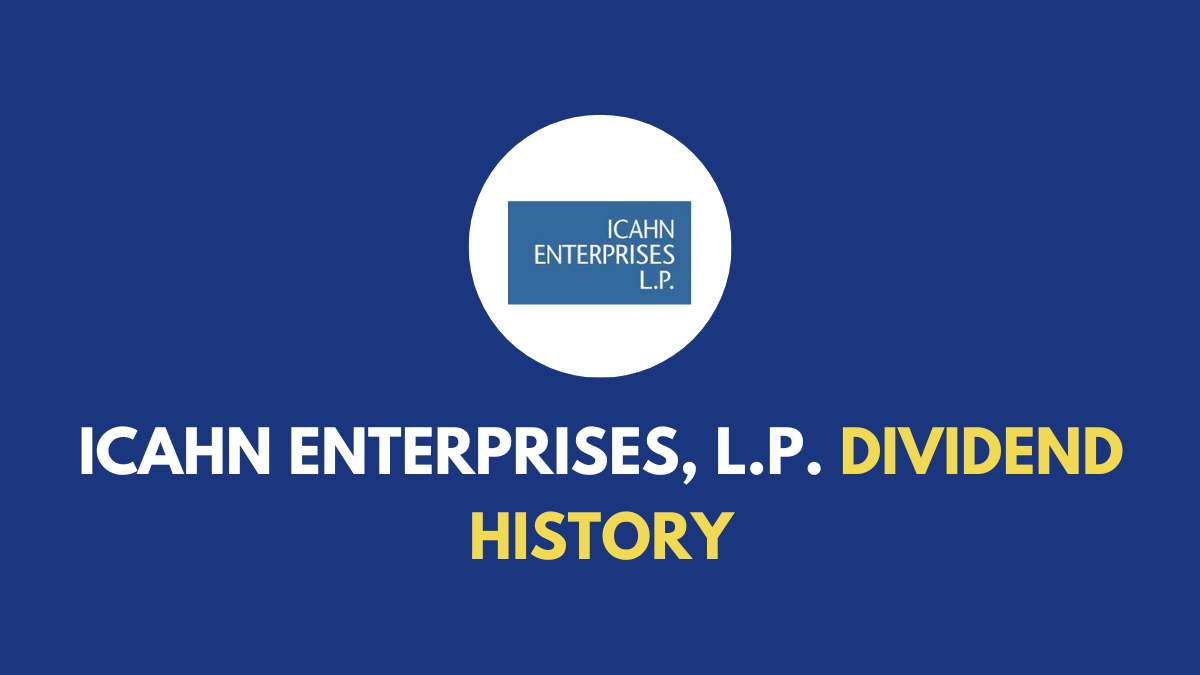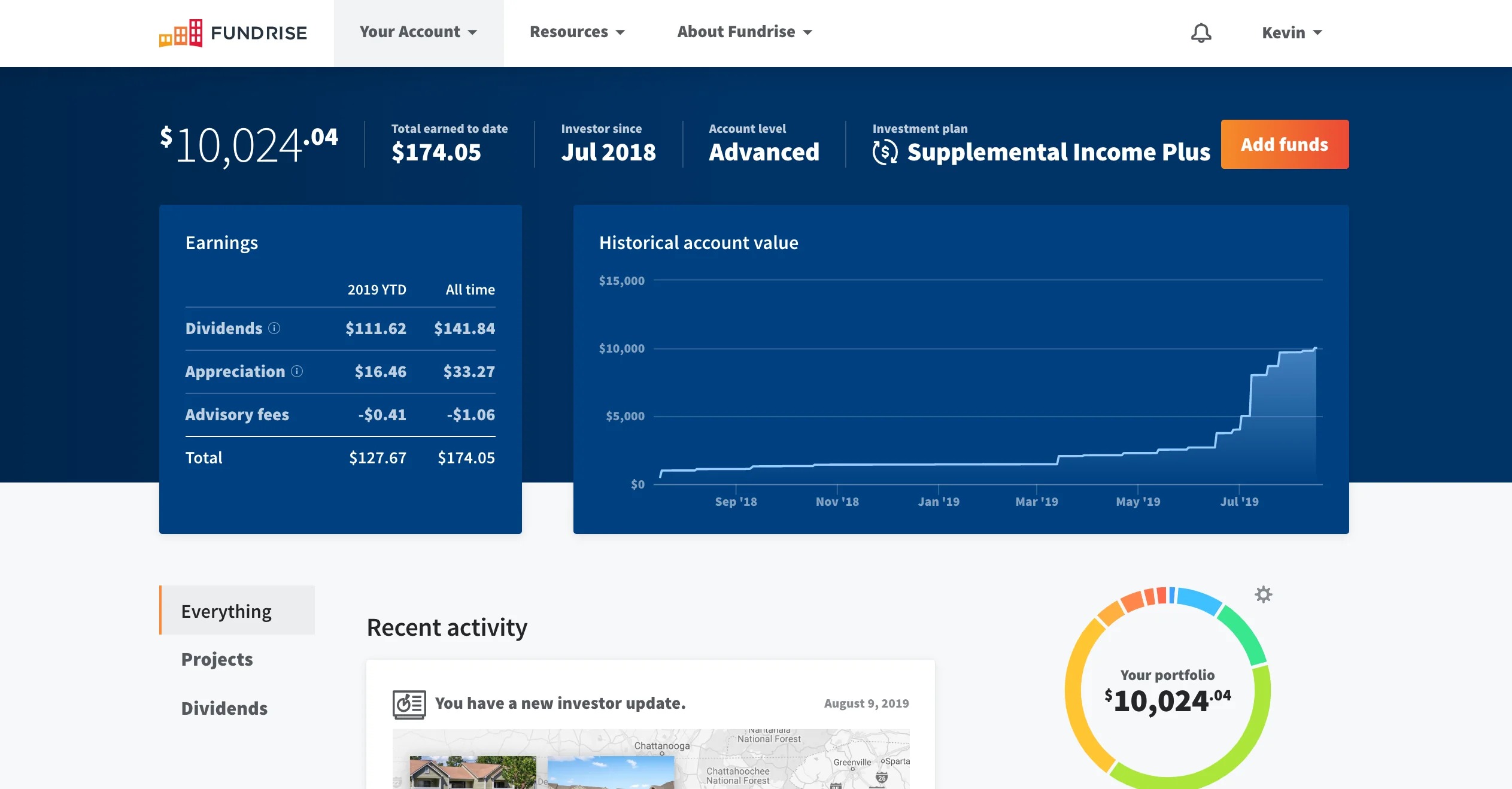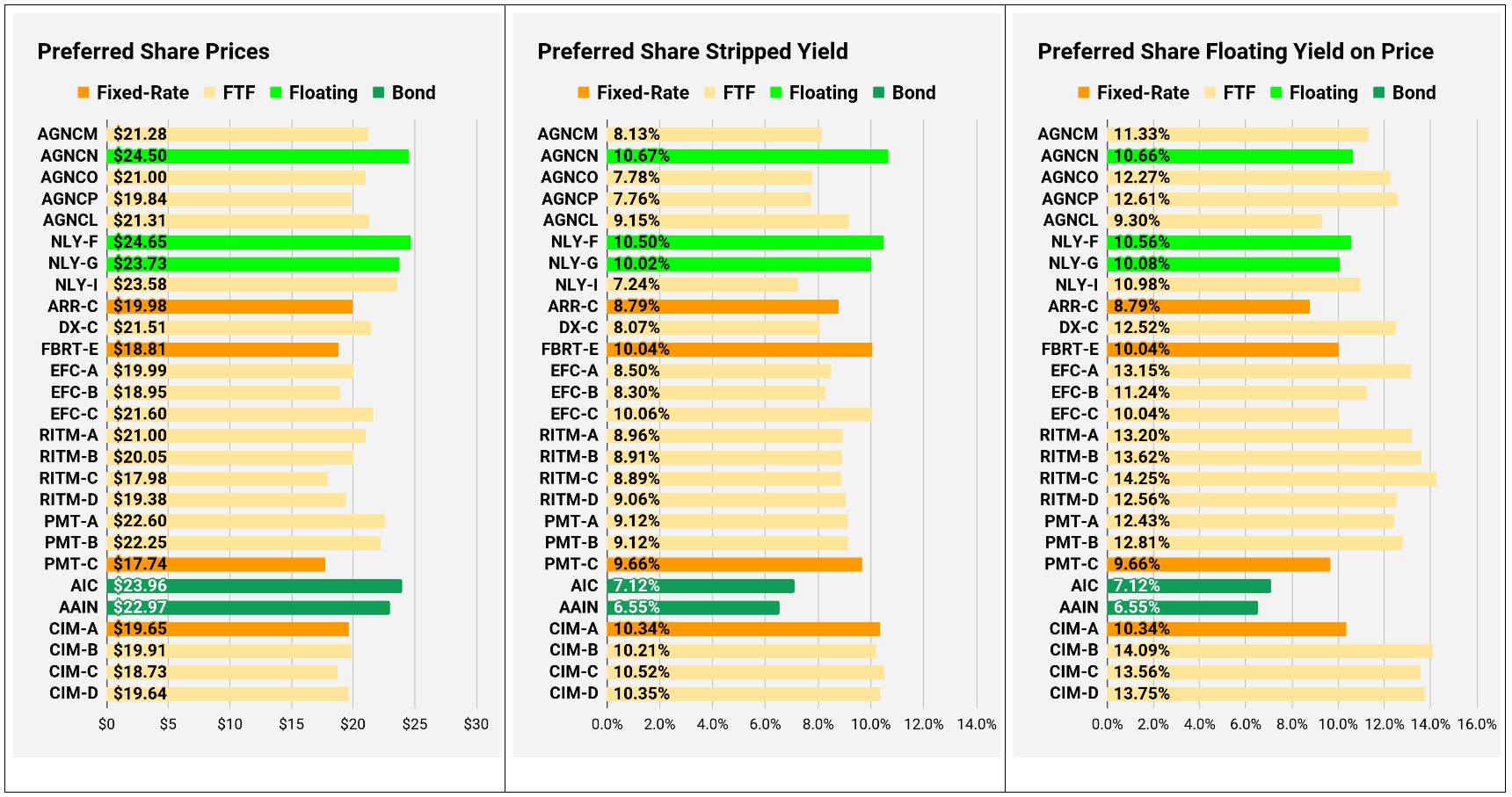

Finance
How Often Does Target Pay Dividends
Published: January 3, 2024
Find out more about Target's dividend payout history and financial strategies.
(Many of the links in this article redirect to a specific reviewed product. Your purchase of these products through affiliate links helps to generate commission for LiveWell, at no extra cost. Learn more)
Table of Contents
Introduction
Welcome to our comprehensive guide on dividend payments by Target, one of the leading retail companies in the United States. Dividends play a crucial role in an investor’s journey, providing a source of income and a window into a company’s financial health. In this article, we will explore how often Target pays dividends to its shareholders and delve into the factors that influence dividend payment frequency.
Target is a well-established retail brand known for its wide range of products, including clothing, home essentials, groceries, and electronics. Over the years, the company has built a strong reputation for its consistent financial performance and commitment to rewarding shareholders through dividend payments.
Dividends are a portion of a company’s earnings that are distributed to its shareholders on a regular basis. These payments serve as a way for companies to share their profits with investors, making dividends an attractive feature for many investors seeking long-term stability and income from their investments.
The frequency at which a company pays dividends can vary and is determined by several factors, including the company’s financial position, earnings, and dividend policy. Understanding the dividend payment frequency of a company is crucial for investors as it helps them plan their investment strategy accordingly.
In the following sections, we will dive deeper into Target’s dividend payment frequency and the historical trends of dividend payments by the company. We will also explore the various factors that influence dividend payment frequency and take a closer look at Target’s dividend policy. So, let’s get started on this journey to explore the dividend payments by Target!
What are dividends?
Dividends are a distribution of a portion of a company’s earnings to its shareholders, typically in the form of cash or additional shares of stock. Companies that generate profits often choose to share those profits with their shareholders through dividend payments as a way to reward them for their investment and support.
Dividends can be a significant source of income for investors, especially those who rely on their investments to supplement their regular income or achieve financial goals. By investing in dividend-paying stocks, individuals can potentially earn a regular stream of income from their investments, even if the stock’s price does not appreciate significantly.
There are different types of dividends, including:
- Cash dividends: These are the most common type of dividends, where shareholders receive cash payments directly into their brokerage accounts. The amount of the cash dividend is typically calculated based on the company’s earnings and the number of shares owned by the investor.
- Stock dividends: In some cases, companies may choose to distribute additional shares of stock to their shareholders instead of cash. This means that shareholders receive additional shares in proportion to their existing holdings, effectively increasing their ownership percentage in the company. Stock dividends are generally issued when a company wants to conserve cash, but still reward shareholders.
- Special dividends: These are one-time or irregular dividends that are not part of the regular dividend payment schedule. Special dividends are typically declared when a company experiences extraordinary profits, a significant event (such as the sale of an asset), or an excess of cash on their balance sheet.
It’s important to note that not all companies pay dividends. Some companies may choose to reinvest their earnings back into the business for growth opportunities or debt repayments, rather than distribute them to shareholders. These companies are referred to as non-dividend-paying stocks.
Dividends play a crucial role in attracting investors to certain stocks, especially those looking for a steady income stream. Investors often view consistent and increasing dividend payments as a sign of a company’s financial stability and profitability. However, it’s important to remember that dividends are not guaranteed and may be subject to change based on a company’s financial performance and management decisions.
Dividend payment frequency
Dividend payment frequency refers to how often a company distributes dividends to its shareholders. The frequency can vary significantly from company to company and is typically determined by the company’s dividend policy, financial performance, and industry norms.
Most companies fall into one of three categories when it comes to dividend payment frequency:
- Annual dividends: Some companies choose to pay dividends on an annual basis. This means that shareholders receive a single dividend payment each year. Annual dividends are often paid after the company’s financial statements are finalized, providing a clear picture of the company’s earnings for the year. While annual dividends provide a lump sum payment, investors may need to wait a longer period of time to receive their dividend income.
- Semi-annual dividends: Many companies opt for semi-annual dividend payments, where shareholders receive dividend payments twice a year. These payments are typically scheduled at regular intervals, such as every six months. Semi-annual dividends provide investors with a more frequent income stream compared to annual dividends, allowing for more predictable cash flow.
- Quarterly dividends: Some companies choose to distribute dividends on a quarterly basis, meaning shareholders receive dividend payments every three months. Quarterly dividends are the most common payment frequency among publicly traded companies. This payment frequency provides investors with a relatively consistent income stream throughout the year.
In addition to these common dividend payment frequencies, some companies may choose to distribute dividends on a monthly or irregular basis. Monthly dividends provide shareholders with a more frequent income stream, but they are less common and typically found in specific industries, such as real estate investment trusts (REITs).
The dividend payment frequency of a company can be influenced by various factors. Companies with stable and predictable earnings, consistent cash flow, and a long history of dividend payments are more likely to offer regular dividend distributions. However, companies in cyclical industries or those experiencing financial challenges may opt for less frequent or irregular dividend payments.
It’s important for investors to consider the dividend payment frequency of a company when evaluating its suitability for their investment goals. Some investors may prefer a steady income stream and prioritize companies that offer regular dividend payments, while others may be more focused on capital appreciation and not rely on dividends as a primary source of income.
Next, we will explore the historical dividend payment frequency of Target and gain insights into their dividend distribution practices.
Historical dividend payments by Target
Target has a strong track record of providing consistent and reliable dividend payments to its shareholders. For many years, the company has demonstrated its commitment to returning value to investors through regular dividends.
Let’s take a closer look at the historical dividend payments by Target:
Over the past decade, Target has steadily increased its dividend payouts. The company has a history of announcing dividend increases annually, reflecting its strong financial performance and commitment to shareholders.
In recent years, Target has typically paid dividends on a quarterly basis. This means that shareholders can expect to receive dividend payments every three months, providing a consistent income stream throughout the year.
It’s important to note that dividend payments can fluctuate based on various factors, including the company’s earnings, financial health, and market conditions. However, Target has managed to maintain a consistent dividend payment record, even during challenging economic periods.
Target’s dividend payment history showcases its dedication to rewarding shareholders and creating long-term value. The company’s ability to consistently increase dividend payouts demonstrates its confidence in its financial position and growth prospects.
Investors who have held Target shares for an extended period have likely benefited from the compounding effect of reinvesting dividends or receiving regular dividend income.
It’s worth noting that past dividend performance does not guarantee future dividend payments. Investors should conduct thorough research and monitor the company’s financial health and dividend policies before making any investment decisions.
Now that we have examined Target’s historical dividend payments, let’s move on to explore the factors that influence dividend payment frequency.
Factors affecting dividend payment frequency
Several factors can influence the dividend payment frequency of a company. Understanding these factors is crucial for investors to assess the stability and sustainability of dividend payments before making investment decisions. Let’s explore some of the key factors that affect dividend payment frequency:
- Financial performance: The financial performance of a company is a significant determinant of its ability to pay dividends. A company with consistent and growing earnings is more likely to have the financial capacity to distribute regular dividends. Strong financial indicators, such as revenue growth, profitability, and cash flow generation, provide a solid foundation for sustained dividend payments.
- Industry trends and business cycle: Certain industries are inherently more stable and generate consistent cash flows, making them more conducive to regular dividend payments. Industries like consumer staples, utilities, and real estate tend to have more predictable revenue streams and can afford to distribute dividends on a regular basis. Conversely, companies in cyclical industries, such as manufacturing or technology, may have more volatile earnings and opt for a less frequent dividend payment schedule.
- Dividend policy: Each company has its own dividend policy, which outlines the guidelines and objectives for dividend payments. Some companies prioritize returning a substantial portion of earnings to shareholders, resulting in a higher dividend payment frequency, while others may focus on reinvesting profits for growth and offer a lower or irregular dividend payment frequency.
- Cash reserves and capital requirements: Dividend payments require sufficient cash reserves, and companies need to balance their dividend distributions with other financial obligations and investment opportunities. A company may choose to retain cash for strategic acquisitions, debt repayments, or internal investments, resulting in a lower dividend payment frequency.
- Regulatory and legal requirements: Companies are subject to legal and regulatory requirements regarding dividend payments, which can influence their dividend payment frequency. These requirements include maintaining adequate retained earnings, satisfying solvency and liquidity ratios, and complying with tax laws and restrictions.
- Management’s discretion: Ultimately, the decision to pay dividends and the frequency of payments lies with the company’s management and board of directors. Management may consider various factors, including the company’s growth opportunities, strategic priorities, and shareholder expectations when determining the dividend payment frequency.
It’s important for investors to carefully evaluate these factors and assess the financial strength and stability of a company before relying on dividend income for their investment strategy. By understanding the dynamics that influence dividend payment frequency, investors can make informed decisions and align their investment goals with companies that offer consistent and reliable dividends.
Next, let’s explore Target’s dividend policy and gain insights into its approach to dividend payments.
Target’s dividend policy
Target has a well-defined dividend policy that reflects its commitment to returning value to its shareholders. The company’s dividend policy outlines its approach to dividend payments and provides insight into the factors influencing the frequency and amount of dividends distributed.
Key aspects of Target’s dividend policy include:
Regular dividend payments: Target has a history of regularly paying dividends to its shareholders. The company aims to provide a dependable stream of income to investors, often distributing dividends on a quarterly basis. This regular dividend payment frequency allows shareholders to benefit from a consistent income stream.
Dividend growth: Target is focused on increasing its dividend payout over time. The company aims to enhance shareholder value by consistently growing its dividend payments, reflecting its strong financial performance and commitment to rewarding shareholders.
Financial stability and profitability: Target’s dividend policy is influenced by its financial performance and stability. The company assesses its cash flow generation, earnings growth, and overall financial health to determine the dividend payout ratio and ensure the sustainability of dividend payments.
Capital allocation priorities: Target’s dividend policy is also guided by its capital allocation priorities. The company evaluates various investment opportunities, including strategic initiatives, store expansions, and technology investments, alongside dividend payments. Target seeks to strike a balance between returning capital to shareholders and reinvesting in the business for long-term growth.
Shareholder value: Target’s dividend policy is rooted in creating and maximizing shareholder value. The company recognizes the importance of providing a competitive dividend yield to attract and retain investors, aligning its dividend payments with the interests of shareholders.
It’s important to note that Target’s dividend policy is subject to change based on various factors, including market conditions, business performance, and strategic priorities. While the company has a consistent track record of dividend payments and growth, there may be fluctuations in dividend amounts and payment frequency in response to these factors.
Investors interested in Target’s dividend policy should review the company’s dividend history, financial reports, and investor communications to gain a deeper understanding of its approach to dividend payments and the factors that drive its decision-making process.
Now that we have explored Target’s dividend policy, let’s summarize the key points discussed in this article.
Conclusion
In conclusion, dividend payments play a significant role in the investment landscape, providing investors with a steady stream of income and insights into a company’s financial health. Understanding the dividend payment frequency of a company, such as Target, is essential for investors seeking stable income and long-term value.
Target has established itself as a reliable dividend-paying company, with a history of consistent dividend payments. The company typically pays dividends on a quarterly basis, reflecting its commitment to providing shareholders with regular income.
Several factors influence the dividend payment frequency of a company, including financial performance, industry trends, dividend policy, cash reserves, regulatory requirements, and management’s discretion. Evaluating these factors can help investors gauge the stability and sustainability of dividend payments.
Target’s dividend policy emphasizes regular dividend payments, dividend growth, financial stability, capital allocation priorities, and shareholder value. The company’s commitment to increasing dividend payouts over time reflects its confidence in its financial performance and dedication to rewarding shareholders.
It’s important for investors to conduct thorough research, consider their investment goals, and assess the financial position and outlook of a company before relying on dividend income. Past dividend performance does not guarantee future dividend payments, and factors such as market conditions and company performance can impact dividend distributions.
By understanding the dividend payment frequency, policy, and other key factors influencing dividend payments, investors can make informed decisions and align their portfolios with companies that can provide steady income and potential long-term value.
As you navigate the world of dividend investing, remember to always stay informed, evaluate your risk tolerance and investment goals, and consult with a financial advisor if needed. With careful consideration and research, dividend investments, including those in companies like Target, can play a valuable role in building wealth and achieving financial success.














